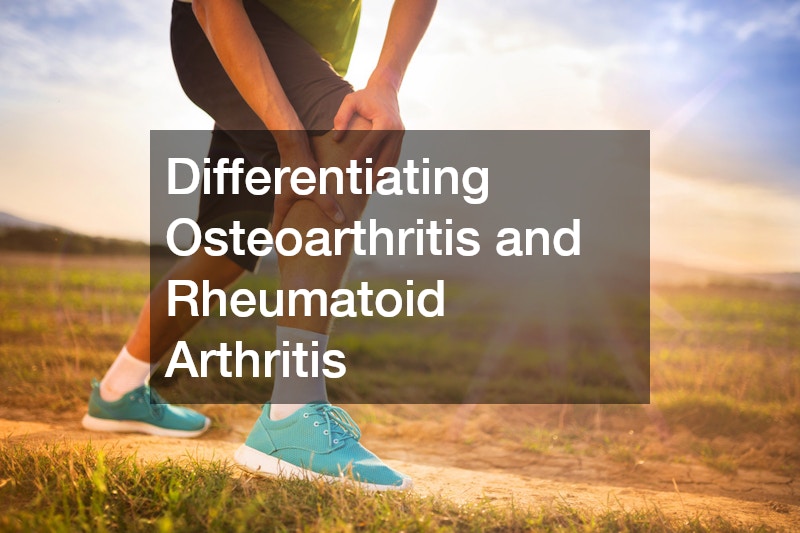

Osteoarthritis (OA) and rheumatoid arthritis (RA) are two common types of arthritis with distinct characteristics. Understanding their differences is crucial for effective management and treatment.
Osteoarthritis (OA) primarily results from the degeneration of weight-bearing joints due to mechanical stress. Over time, repetitive force on these joints damages the cartilage, leading to inflammation and a narrowing of the joint space. As the condition progresses, new bony growths, known as osteophytes, form, and the bone may become sclerotic (harder and thicker).
This leads to increased pain and reduced joint function.
Symptoms of OA typically include pain that worsens with activity and improves with rest. The joint pain often affects specific weight-bearing joints such as the knees, hips, and hands. In the hands, OA commonly impacts the distal interphalangeal (DIP) and proximal interphalangeal (PIP) joints. Treatment for OA focuses on managing symptoms and improving joint function. Lifestyle changes, NSAIDs, and acetaminophen are commonly used, while knee pain relief can also be achieved through physical therapy and exercises that strengthen the surrounding muscles.
Rheumatoid Arthritis (RA), on the other hand, is an autoimmune disorder where the body’s immune system mistakenly attacks the joints. This autoimmune response leads to inflammation and the formation of a pannus, which is a type of granulation tissue that invades the joint. This causes swelling, pain, and joint damage.
Symptoms of RA include morning stiffness that tends to improve with activity and involves symmetric joint distribution, notably affecting the metacarpophalangeal (MCP) and PIP joints in the hands. RA may also cause deformities such as swan neck and boutonniere deformities. For managing RA, disease-modifying anti-rheumatic drugs (DMARDs) like Methotrexate are essential, and knee pain relief during flare-ups can be achieved with glucocorticoids and NSAIDs.
In summary, while OA is associated with joint wear and tear, RA involves autoimmune inflammation. Differentiating between the two helps in choosing the appropriate treatment strategy, including methods for effective knee pain relief.
.



